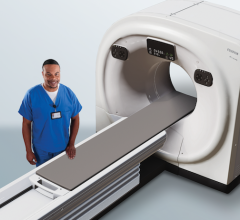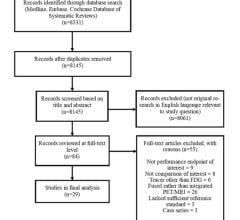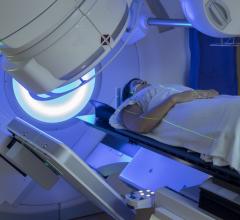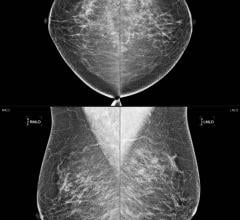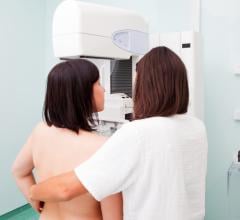Adding radiation and/or tamoxifen therapy to the treatment plan of women who undergo a lumpectomy for ductal carcinoma in situ (DCIS) reduces the risk of a dangerous recurrence, according to a study in the Journal of the National Cancer Institute. The study was written by physicians at Allegheny General Hospital (AGH) and the National Surgical Adjuvant Breast and Bowel Project (NSABP).
"Women with DCIS can be reassured that they are not being overtreated when their doctor prescribes radiation therapy in addition to a lumpectomy. A clear benefit is shown in preventing tumor recurrence," said principal investigator Thomas Julian, M.D., associate director of the Breast Care Center at AGH and associate director of medical affairs for the AGH-based National Surgical Adjuvant Breast and Bowel Project (NSABP). "This study, following a group of women over 15 years, provides invaluable information on the progression of this disease."
The prevalence of DCIS has increased dramatically over the past two decades, largely as a result of detection by the increased use of mammography. It now accounts for about 25 percent of all new breast cancers. In DCIS, abnormal cells grow and multiply within a milk duct and it should be treated before it becomes invasive.
Earlier results from the NSABP trials showed similar DCIS survival rates for women who underwent breast-conserving surgery as opposed to a mastectomy. However, concerns persisted on the risk of invasive ipsilateral breast tumor recurrence (I-IBTR), a common type of recurrence that increases the risk of death, and on the use of additional therapies.
The researchers followed, for an average 13.5 to 17 years, women with DCIS who had participated in two previous NSABP trials. The incidence of I-IBTR was reduced by 52 percent in patients who underwent a lumpectomy plus radiation, compared to women who underwent a lumpectomy only. Adding tamoxifen to the mix for women with estrogen receptor positive DCIS reduced the risk of I-IBTR by 32 percent compared to women receiving a lumpectomy and radiation therapy only.
Over 15 years, the incidence of I-IBTR was 19.4 percent for lumpectomy only, 8.9 percent for lumpectomy plus radiation, 8.5 percent for lumpectomy, radiation and tamoxifen and 10 percent for lumpectomy, radiation and a placebo.
"I-IBTR increases the risk of a breast cancer-related death, but the good news is that use of radiation therapy and tamoxifen (in estrogen receptor positive DCIS) reduce that risk for women with DCIS, and the overall long-term prognosis is excellent for women who undergo breast-conserving surgery," Julian said.
For more information: jnci.oxfordjournals.org


 August 09, 2024
August 09, 2024 
